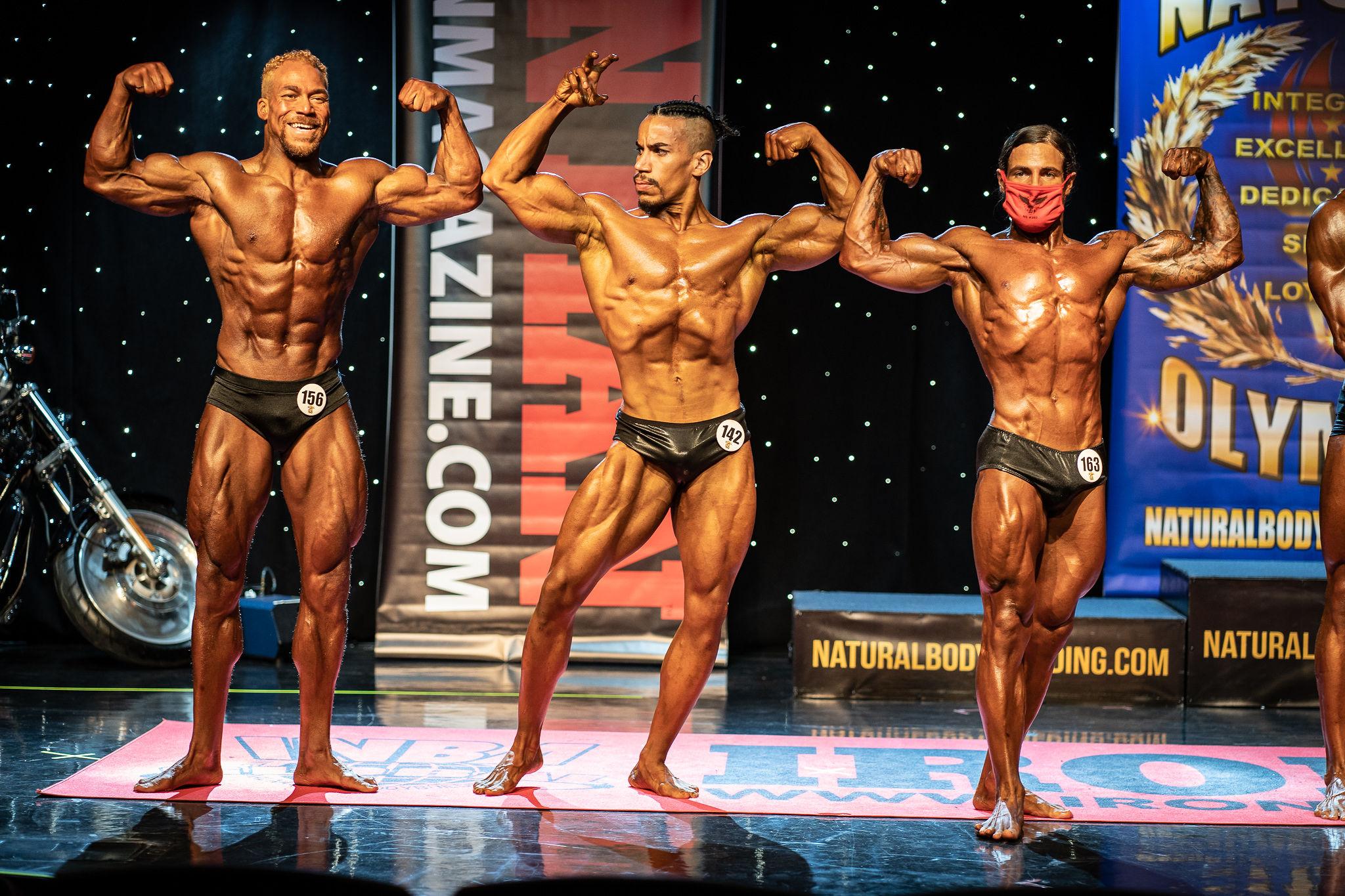
Weightlifting Rules Explained: A Comprehensive Guide
Weightlifting, encompassing the Olympic disciplines of snatch and clean & jerk, is a sport demanding immense strength, technique, and precision. While seemingly straightforward – lift the weight, succeed or fail – the rules governing competition are intricate and crucial for fair play and consistent judging. This comprehensive guide breaks down the weightlifting rules, clarifying the intricacies of each lift, judging criteria, and common infractions.
I. The Lifts: Snatch and Clean & Jerk
Weightlifting features two distinct lifts: the snatch and the clean & jerk. Each requires a specific sequence of movements, judged meticulously by officials.
A. The Snatch:
The snatch involves lifting the barbell from the ground to an overhead position in one continuous motion. The sequence is as follows:
- The Grip: The lifter grasps the barbell with a wide grip, typically outside shoulder width.
- The First Pull: The lifter initiates the lift by extending their legs, bringing the barbell close to their body.
- The Second Pull: As the lifter stands fully erect, they shrug their shoulders, explosively driving the barbell upwards.
- The Turnover: The lifter seamlessly transitions from the second pull to the receiving position. This involves a hip dip and a powerful drop under the bar.
- The Catch: The lifter receives the barbell overhead with fully extended arms and locked elbows, standing erect with their feet shoulder-width apart. The barbell must remain stationary for a minimum of two seconds before the lifter receives the signal from the referee.
B. The Clean & Jerk:
The clean & jerk is performed in two distinct parts: the clean and the jerk.
- The Clean: This phase mirrors the initial stages of the snatch. The lifter pulls the barbell from the ground, transitioning to a front squat position with the bar resting on their clavicles and upper chest.
- The Catch (Clean): The lifter stands erect with the barbell balanced across their upper body, maintaining a stable position for a minimum of two seconds before the referee signals.
- The Dip (Jerk): After successfully completing the clean, the lifter lowers into a dip, bending their knees and hips.
- The Drive (Jerk): The lifter explosively drives upwards, extending their legs and arms to fully lock out the elbows overhead.
- The Catch (Jerk): The lifter receives the barbell overhead in a stable position, standing erect with locked elbows and feet shoulder-width apart. Again, the barbell must remain stationary for a minimum of two seconds.
II. Judging Criteria:
Judges meticulously assess each lift according to specific criteria:
- The Lift: The barbell must be lifted continuously without any pauses or breaks in the movement. The judges observe the smoothness and fluidity of the lift.
- The Grip: The lifter must maintain a firm grip throughout the lift.
- The Stability: The lifter must maintain balance and stability throughout the lift, particularly in the overhead position. The barbell should be stationary above the head. Any significant swaying or instability results in a failed lift.
- The Control: The lifter must demonstrate complete control over the barbell throughout the lift. Jerky movements or uncontrolled actions are penalized.
- The Completion: The lift is only considered complete when the lifter has fully extended their legs and arms, and the barbell remains overhead in a stable position for the minimum two seconds. Any deviations before this time leads to a failed lift.
III. Common Infractions and Penalties:
Numerous infractions can result in a failed lift. These include:
- Downward Movement: Any significant downward movement of the barbell during the catch phase results in a failed lift.
- Splitting: In the snatch and clean, the feet must remain together before the barbell is lowered. Splitting the feet prematurely results in a failed lift.
- Stepping Forward: The lifter must maintain their position. Stepping forward or backward during the lift will result in a failed lift.
- Support: The lifter cannot receive support from anything other than their own body. Any external support, such as touching the ground or using other supports, immediately disqualifies the lift.
- Failure to Lockout: Failing to fully lock out the elbows in the overhead position constitutes a failed lift.
- Dropped Barbell: Dropping the barbell prior to completing the lift results in a failed lift.
- Timing Violations: Failing to hold the barbell overhead for the minimum two seconds leads to a failed lift.
- Improper Technique: Judges penalize improper technique, such as poor posture or unstable balance. These are subjective but commonly lead to failed lifts.
- Misconduct: Any behaviour that the referee considers unsportsmanlike, or that interferes with the smooth running of the competition, will result in penalties.
IV. The Weightlifting Platform and Equipment:
The weightlifting platform plays a crucial role in the competition. It is a raised platform with a specified area and surface, designed to ensure the safety of the lifter and provide a consistent lifting surface. The barbell is also specifically designed for weightlifting, with a certain diameter and length, and collars are used to secure the weight plates.
V. Scoring and Competition Format:
In weightlifting competitions, lifters attempt three lifts in each discipline (snatch and clean & jerk). The lifter’s total score is the sum of their best successful lift in each discipline. The lifter with the highest total weight lifted wins. If there is a tie, the lifter with the lighter bodyweight wins. Competitions often follow a predetermined weight class system, which categorizes lifters based on their bodyweight.
VI. The Role of the Referee and Judges:
The referee is the central figure in the competition, responsible for overseeing the overall process and making the final decision on the validity of each lift. Judges observe the lifter’s technique and provide feedback to the referee, who may consult with them before making a decision. The judging system works to ensure fairness and consistency, even across different competitions.
VII. Safety in Weightlifting:
Weightlifting is a high-risk sport. Proper training, technique, and safety measures are crucial to minimize the risk of injury. Lifters must receive proper coaching and guidance to ensure they develop the necessary skills and strength before attempting heavy lifts. Spotters are often used to assist in preventing serious injuries.
In conclusion, the rules of weightlifting may appear complex, but they are essential for ensuring fairness, safety, and consistency across competitions. This guide provides a comprehensive overview of the sport’s regulations, encompassing the nuances of the lifts, judging criteria, common infractions, and the importance of safety. Understanding these rules allows for a deeper appreciation of the skill, precision, and athleticism required in weightlifting.



